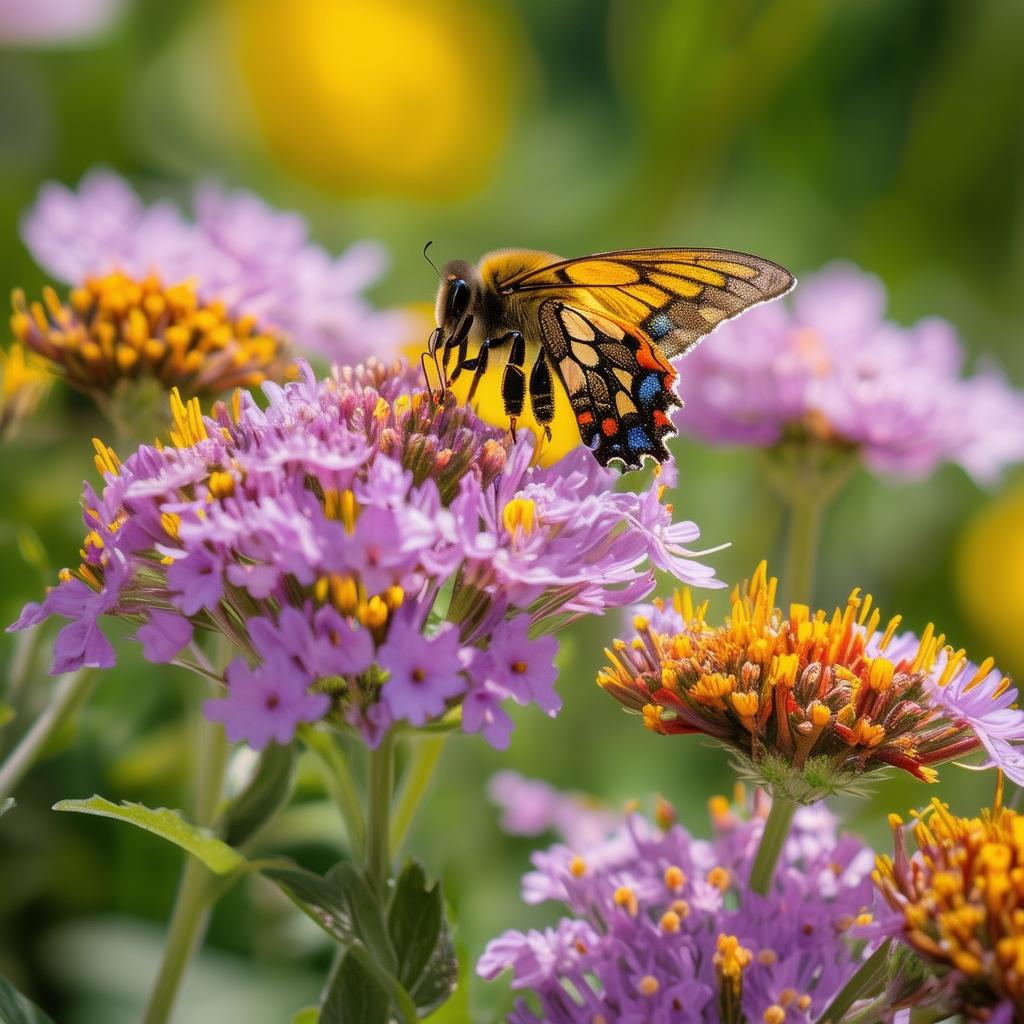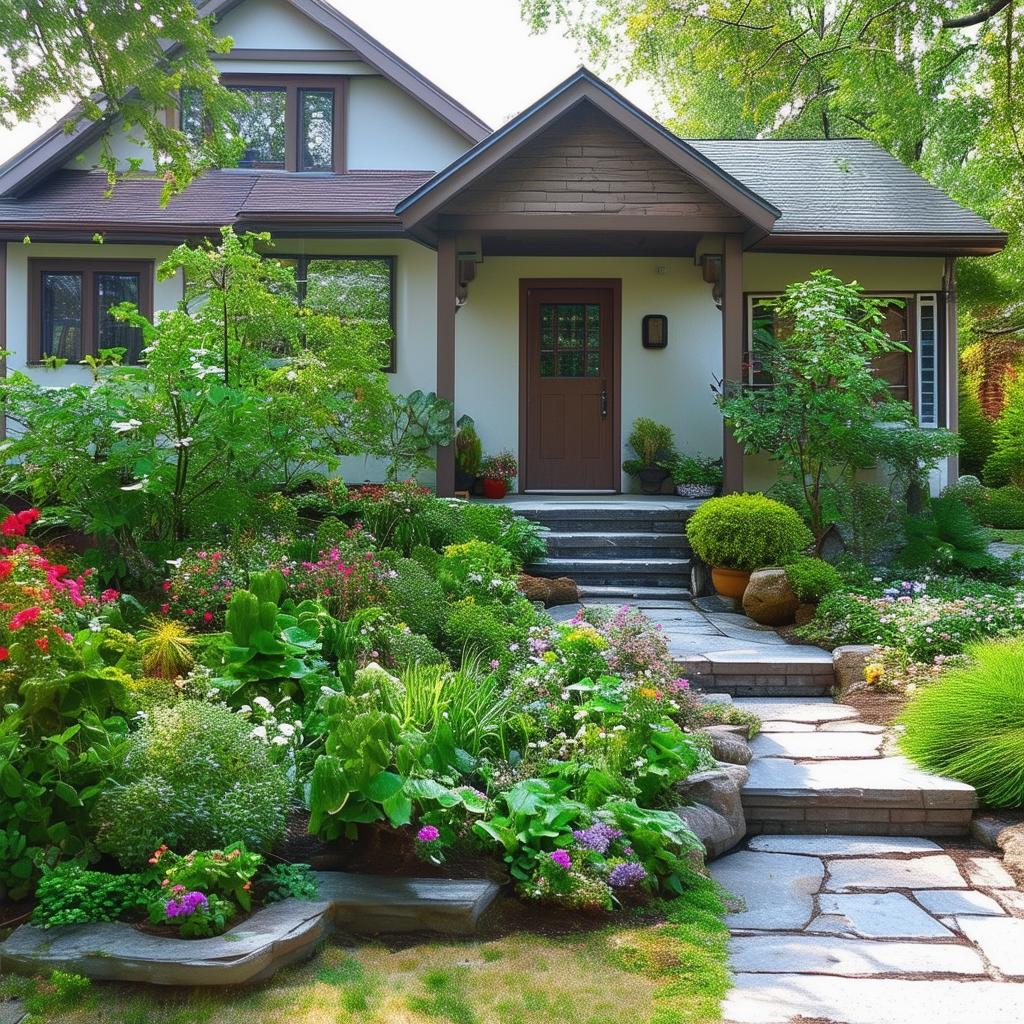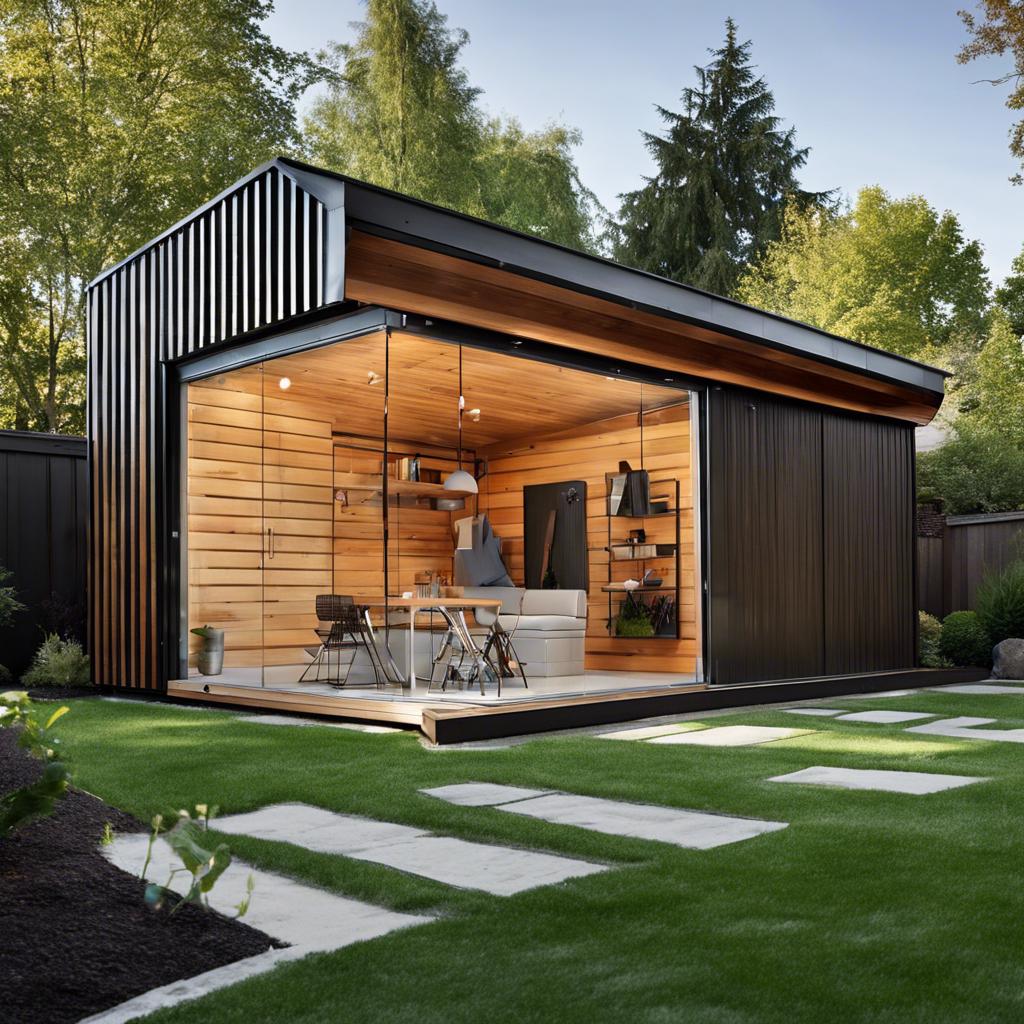Imagine a symphony of colors and scents greeting you as you step into your backyard – that is the enchanting world of pollinator gardens. These buzzing blooms not only beautify your landscape, but also play a vital role in supporting our precious pollinator populations. Join us on a journey to discover the magic of creating your very own pollinator-friendly oasis and how it can enhance both your surroundings and the environment.
Plant Selection for Attracting Pollinators
Enhance the biodiversity of your landscape by creating a vibrant pollinator garden filled with buzzing blooms that attract bees, butterflies, and other essential pollinators. Selecting the right plants is key to creating a thriving ecosystem that supports these important species. By choosing a variety of plants that bloom at different times throughout the year, you can provide food and habitat for pollinators all season long.
When selecting plants for your pollinator garden, consider the following factors to ensure you are creating a welcoming environment for bees and butterflies:
- Choose native plants that are well-suited to your local climate and soil conditions.
- Include a mix of flowers with different shapes, colors, and sizes to attract a diverse range of pollinators.
- Plant in clusters or drifts to make it easier for pollinators to locate and access nectar and pollen.
Creating a pollinator-friendly garden not only benefits the environment but also adds beauty and vibrancy to your landscape. By carefully selecting plants that provide food and shelter for pollinators, you can create a colorful oasis that supports the health and well-being of these essential creatures.
Designing a Pollinator-Friendly Garden
When , it’s important to consider the needs of the various insects and animals that will be visiting your landscape. By incorporating a diverse selection of native plants, you can provide food and shelter for a wide range of pollinators, including bees, butterflies, and hummingbirds. Choose a variety of flowering plants that bloom at different times throughout the year to ensure a consistent food source for pollinators.
Some key elements to include in your pollinator garden design are:
- Native plants that are well-suited to your region’s climate and soil conditions
- Clusters of flowers that are rich in nectar and pollen
- Sheltered areas such as shrubs and trees for nesting and resting
- Water sources such as birdbaths or small ponds for pollinators to drink from
Creating a welcoming habitat for pollinators not only benefits the environment but also adds beauty and interest to your landscape. By designing a garden that attracts bees, butterflies, and other pollinators, you can enjoy watching these fascinating creatures up close as they go about their important work of pollination.
Tips for Maintaining a Successful Pollinator Garden
If you want to create a thriving pollinator garden, there are a few key tips to keep in mind. First, choose a variety of flowering plants that bloom at different times throughout the year to provide a consistent food source for pollinators. Some great options include bee balm, coneflower, and butterfly bush. Additionally, make sure to include a mix of colors and shapes to attract a diverse range of pollinators.
Next, be mindful of pesticide use in your garden. Opt for organic pest control methods whenever possible to avoid harming the very pollinators you are trying to attract. You can also attract beneficial insects like ladybugs and lacewings to help keep pest populations in check.
provide shelter and nesting sites for pollinators in your garden. This can be as simple as leaving patches of bare soil for ground-nesting bees or installing a bee hotel for solitary bees. You can also include flowering plants like milkweed for butterflies to lay their eggs on. By creating a welcoming environment for pollinators, you can enjoy a beautiful and biodiverse garden for years to come.
Key Takeaways
As we conclude our journey into the world of buzzing blooms and pollinator gardens, we hope you are inspired to transform your landscape into a vibrant oasis for pollinators. By incorporating a variety of flowering plants and creating a pollinator-friendly habitat, you can not only enhance the beauty of your outdoor space but also contribute to the health of our environment. So, roll up your sleeves, put on your gardening gloves, and let your imagination take flight as you create a landscape that is abuzz with life. Happy gardening!


